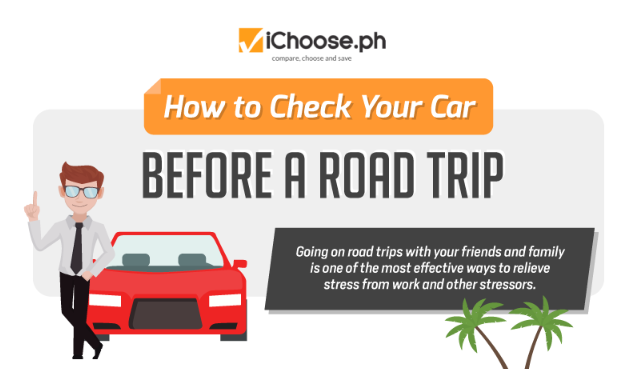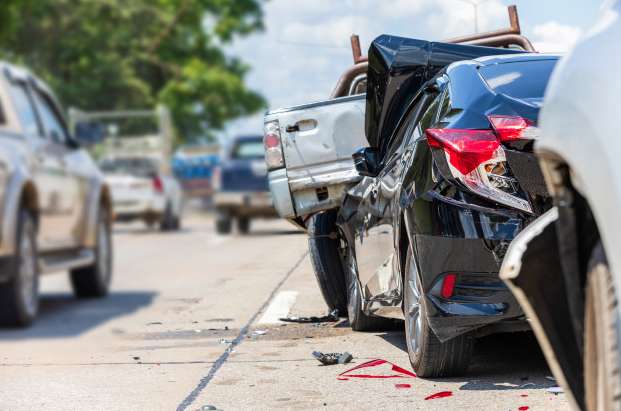Safe Driving with Children [Infographic]
Traveling with children can be fun for them and for you, as a parent. But, it is undeniable that an extra amount of effort and protection should be given and prepared, since there is also an added responsibility to keep the kids safe on the road.
While you may not have control over other drivers, you can make sure that children are properly protected in your own car. However, paying attention to the road and to the kids may be a difficult multitasking duty for you, especially if you are driving alone with them.
Here are some tips on how to keep your pint-sized passengers safe and sound, for any trip at any age:
Know where to sit them.
Safely driving with children should also be strategic. This is backed up by science and by law. In the Philippines, guidelines on where children should be seated on a car are being followed in every major road and highway. It also obliges parents to use car seats and use it properly during car rides. Children 12 years or below should always ride in the rear seat in an appropriate child seat or with the vehicle’s seat belt.
Buckle up.
This one is a no brainer. Everyone—not only children should wear their seatbelts every time they ride the car. News reports, movies, and television shows prove time and time again how a single strap can draw the line between life and death.
The Philippine Constitution of 1987 also requires every passenger of any vehicle to strap on their seatbelts. RA 8750, or the Seatbelts Act of 1999 requires the mandatory compliance by motorists of private and public vehicles to use seat belt devices.
Not wearing yours will not only endanger your life but also means you’re disobeying the law.
Never seat kids on your lap.
Children do enjoy sitting on adult’s laps. But experts advise otherwise because when accidents happen, it can result to their demise.
Secure your gears.
Having a car seat and wearing your seatbelt will be pointless if you don’t secure it and there are any loose odds and ends in your car. During a car crash, these objects can jam on the breaks, or become dangerous projectiles for you and your children. This being said, don’t stash anything remotely heavy on the package shelf behind the rear seats. You should always secure loose items in your trunk as well.
Kids should also know the rules.
As a parent, it is your job to make your kids understand that driving is serious business. Ask them to stay calm and quiet while you are on the wheels. Let them know how important it is to sit in the back seat, and how to advocate for themselves if they ride with someone who doesn’t know the rules. Sharing the rules for them in a manner in which they can understand it is better than implementing the rules just because.
Always supervise.
Never leave children alone in or around cars. This should be a piece of basic knowledge for parents. It might be no big deal to leave them for a few minutes inside, but leaving kids alone in the car, even for a few minutes can be dangerous and even deadly.
Did you know that kids have died in hot and cold cars, and in some states, leaving kids unsupervised is really a bad idea because anything can happen and disaster can strike anytime?
Don’t text and drive.
Of course, driving safe is your biggest responsibility. Never text and drive. Distracted driving not only puts everyone in a dangerous situation, but it teaches young people bad habits. You can expect your kids to behave exactly as you do when the time comes.
These tips protect and offer a more comfortable environment for the most precious property any parent can have and possess: their kids. It may be handy and may require additional effort at a certain time, but, the rewards you reap and the benefits you will experience from it will be worth it.
Have car insurance.
One of the traits that are truly embedded in the Filipino characteristics is being family-oriented. For parents, nothing is more important than the safety, convenience, and comfort of their children, especially when traveling on the road.
It is an understatement to say that risk is an everyday reality. Accidents—in all forms, shapes, and intensities can happen any day to anyone. Some meet unfortunate events on the road as they were driving to work, or coming home. Once you’re driving, you expose yourself to a constant risk that indeed, you do not have direct control of.
More useful reads from iChoose.ph







